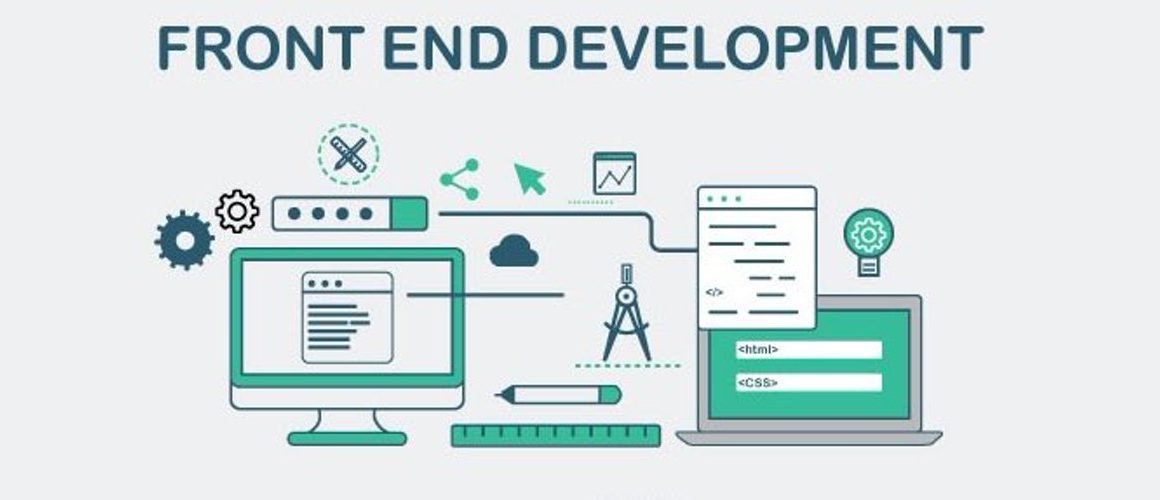Identity access and management (IAM) is an important tool that gives organizations greater control over user access. It also helps reduce the time and resources required to manage users manually. It also improves productivity and compliance.
IAM enables greater control over user access
Identity access and management (IAM) services allow IT, administrators, to maintain more control over user access. They make it easier to prevent data breaches and identity theft and make it easier for employees to log in securely. These services also simplify processes and remove the need to remember multiple passwords. They make it easier to protect sensitive data and reduce the number of password reset tickets. They can manage user permissions and groups across the entire enterprise.
IAM allows organizations to manage access permissions across the entire user lifecycle, including remote users. Organizations can set up security policies that restrict access to sensitive data and allow project managers to identify the users associated with specific projects. Cloud applications are often accessed from any mobile device, so IAM makes controlling access to these applications and data easier, minimizing the security risks associated with compromised credentials.
Most IAM solutions use a role-based model, in which job roles control the access rights of users. Users can switch roles as needed, but users should remember that this will impact their access rights. The role-based approach also facilitates single sign-on, letting users access many websites and applications with just a single set of credentials.
It reduces the time and resources required
Identity access and management (IAM) helps businesses implement granular user access controls and automate user management. It applies to cloud and on-premises resources and can increase operational performance by providing an easier way to implement user authentication, privileges, and validation policies. It also manages potential issues related to privilege creep.
It helps in compliance
Identity access and management (IAM) solutions can help your organization comply with security regulations. These regulations mandate that organizations check the rights and privileges of their users and maintain visibility and accountability over who can access what. In addition, they also require that organizations track and audit their electronic access. While manual authorization checks can be time-consuming, IAM solutions allow you to automate these processes and meet all legal requirements.
Using an IAM platform can help your organization comply with regulations such as the CFPB rule, which applies to the financial sector. This regulation mandates that financial institutions maintain secure networks and implement secure security protocols to protect sensitive information. IAM solutions help you meet compliance guidelines using key processes like single-on authentication, multi-factor authentication, password rotation, least privilege management, account provisioning, and de-provisioning. These solutions can also help your business reduce operational risk and improve consumer trust.
Identity access and management are essential to the security of an organization. For example, if your organization has several resources, it is important to manage user access permissions. For example, some programs allow full access to data, while others only allow read-only access. The system then authenticates the user based on their credentials and allows only authorized users to access the needed resources.
It enhances productivity
Identity access and management (IAM) systems help organizations manage and control access to critical information and assets. These systems provide single sign-on (SSO) capabilities, privileged access management, and multi-factor authentication. Ensuring that the right people have access to information and resources increases the company’s agility and productivity.



